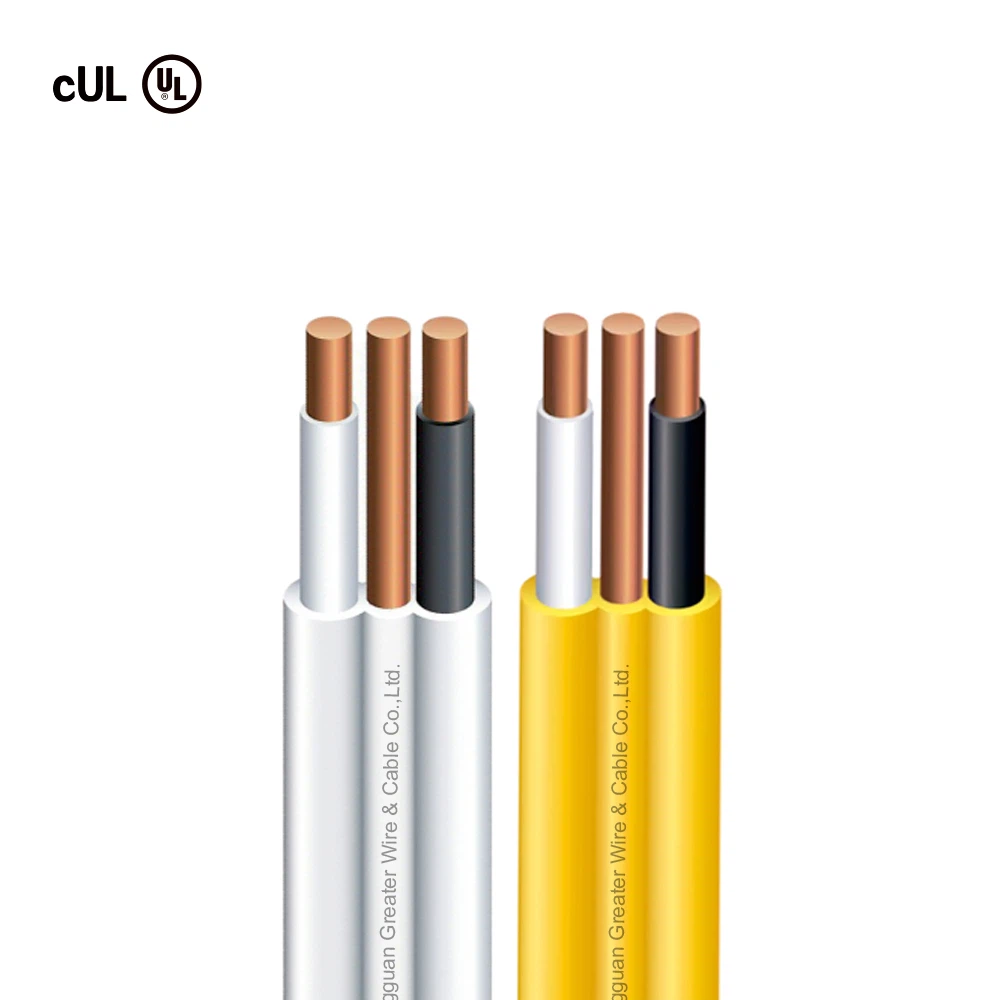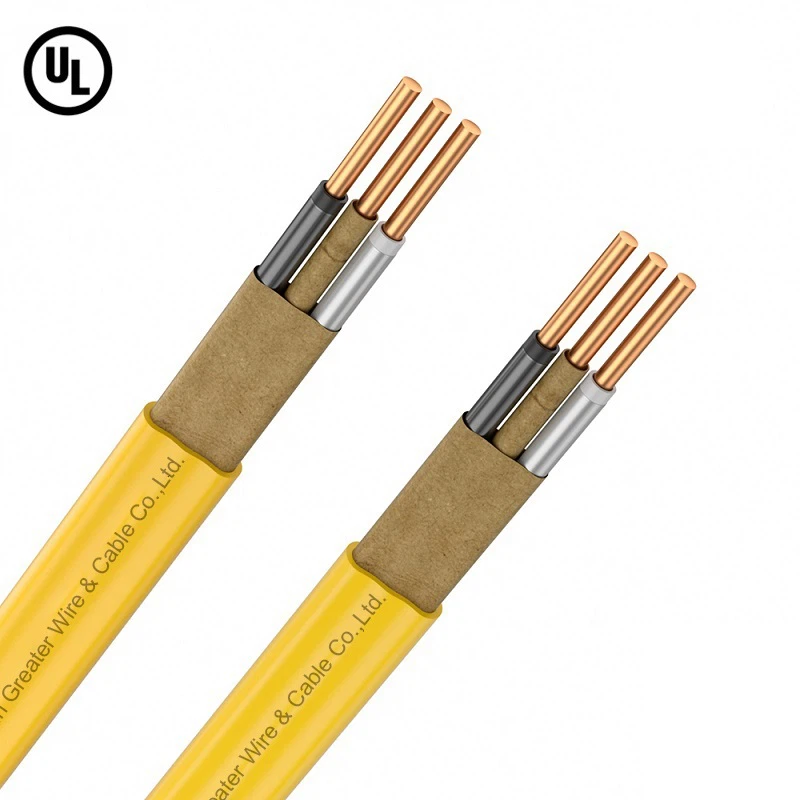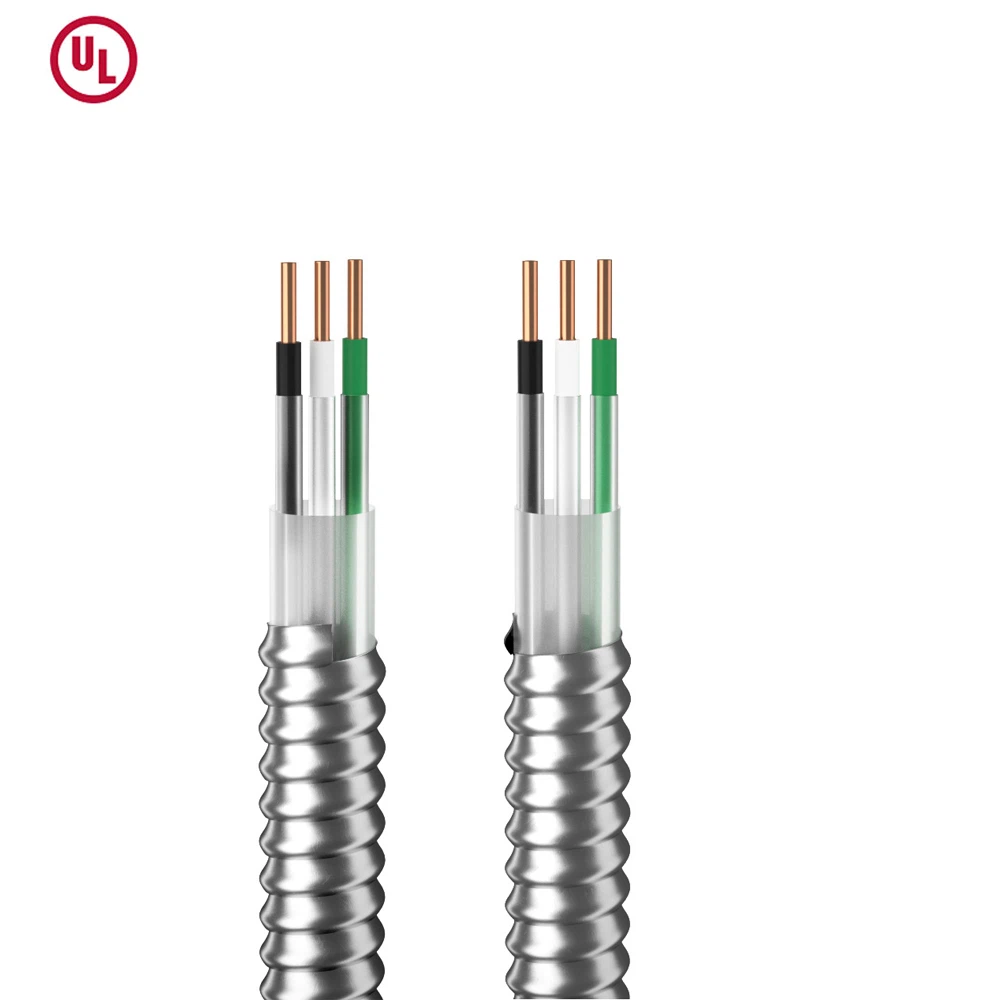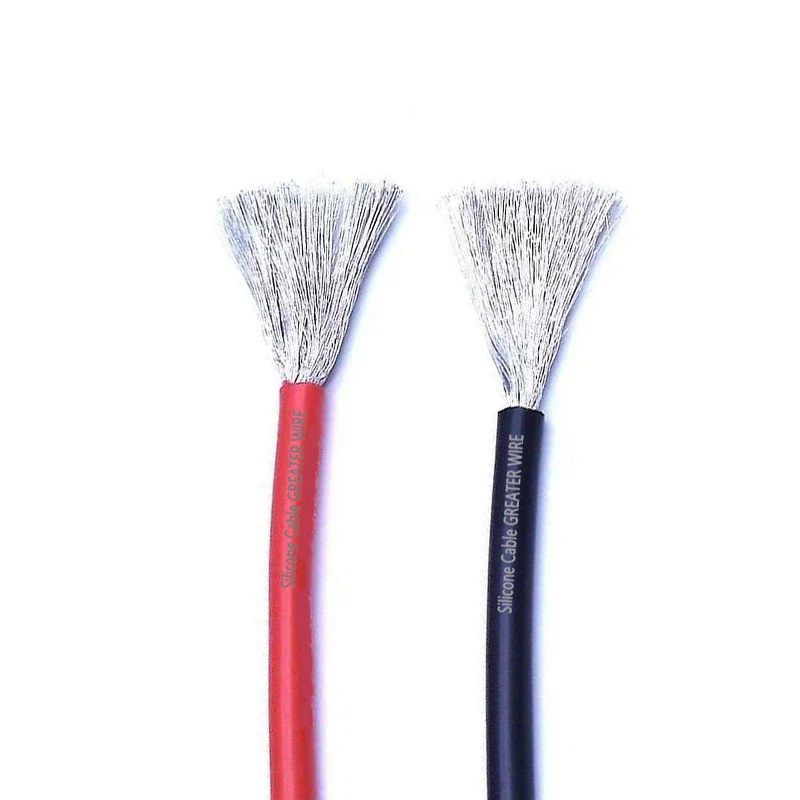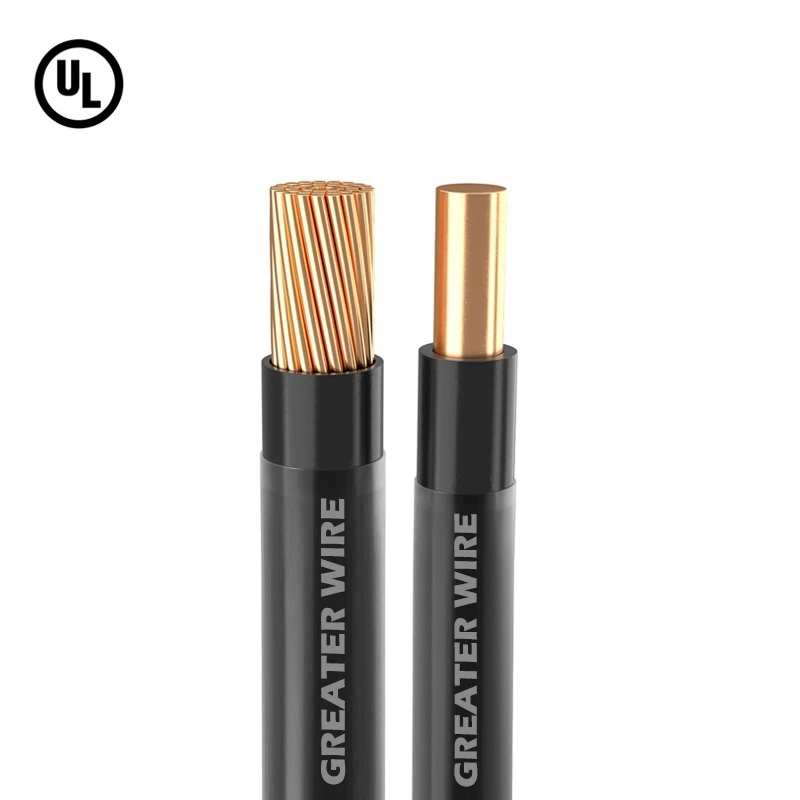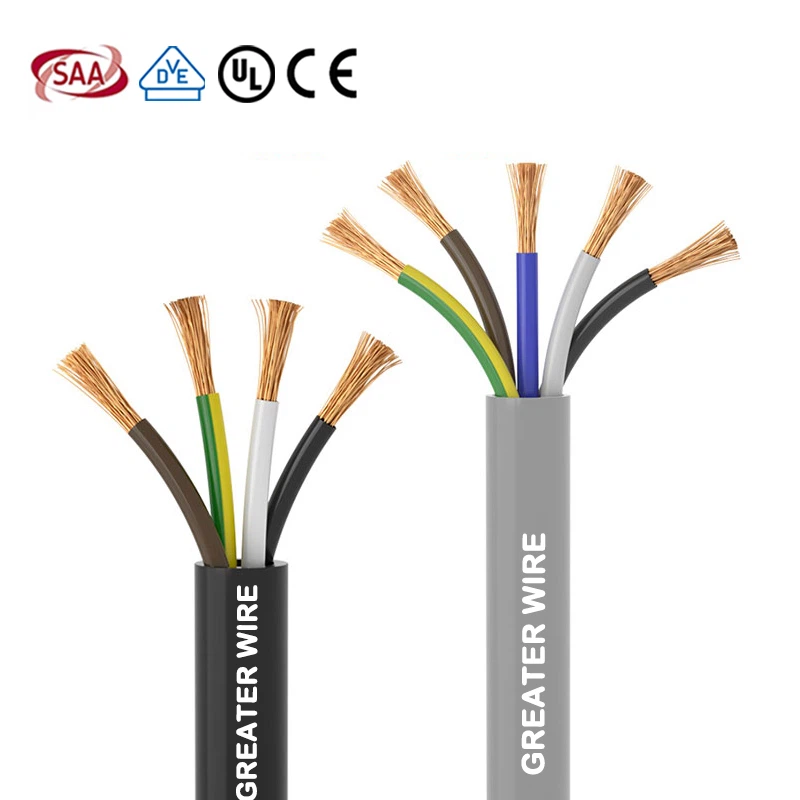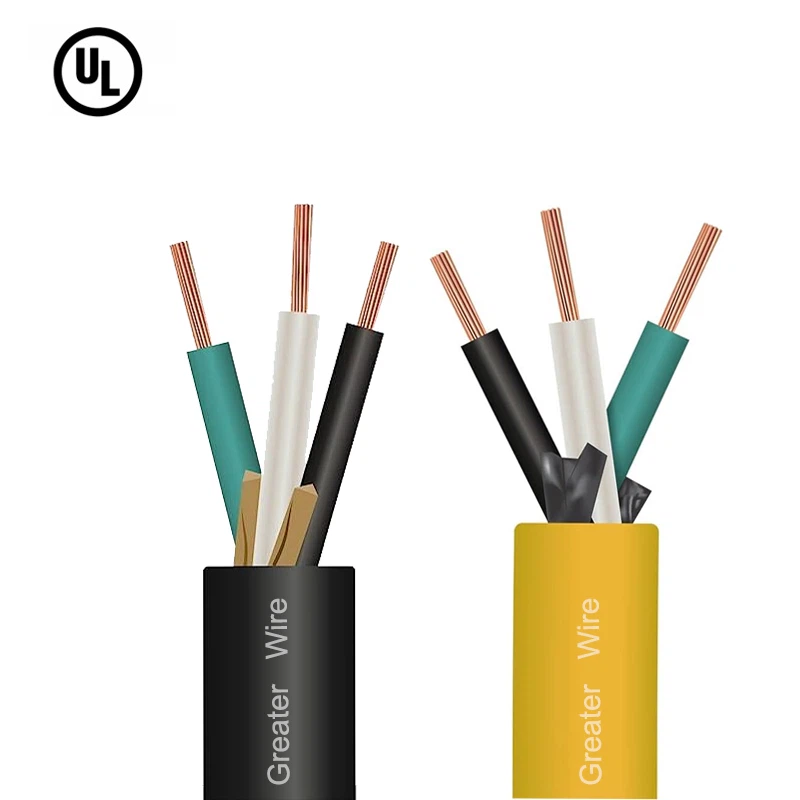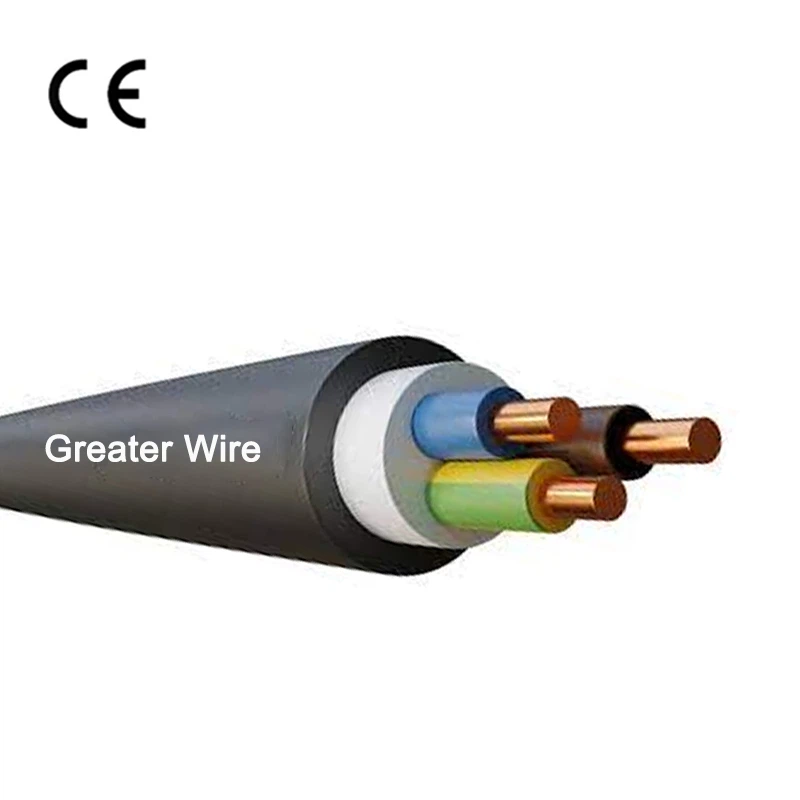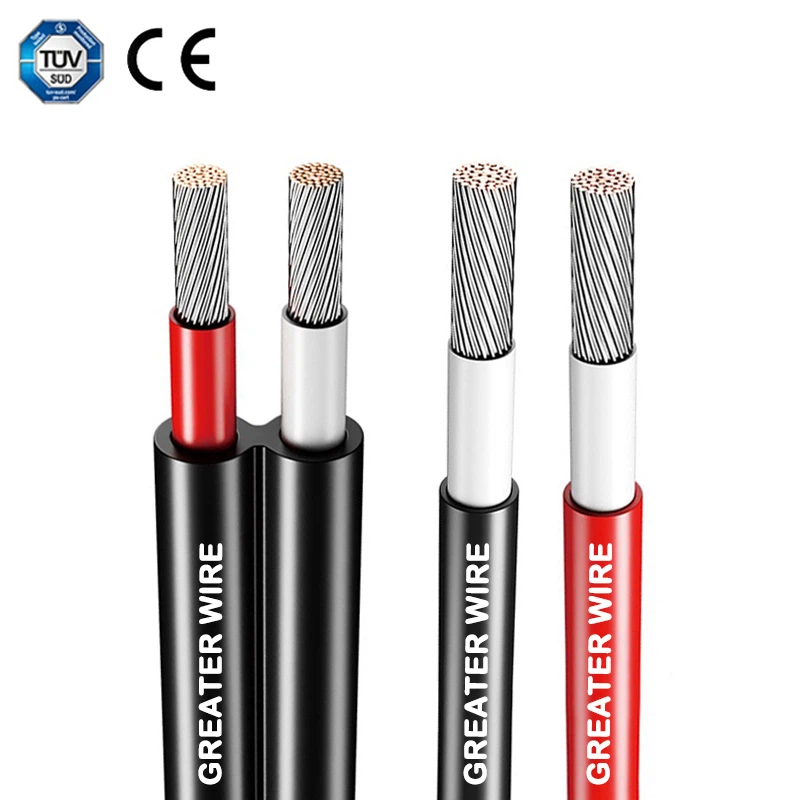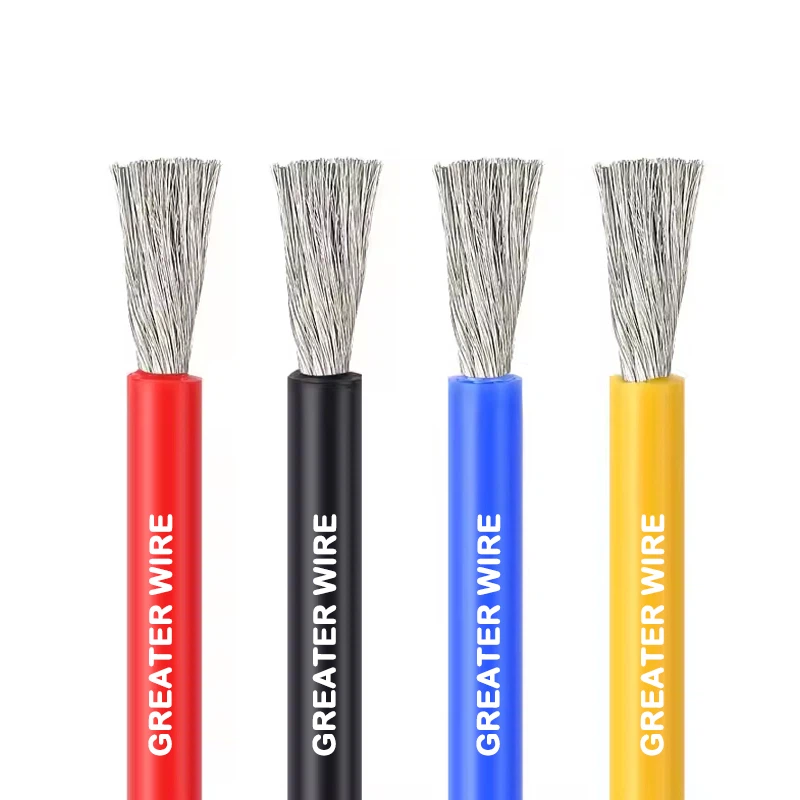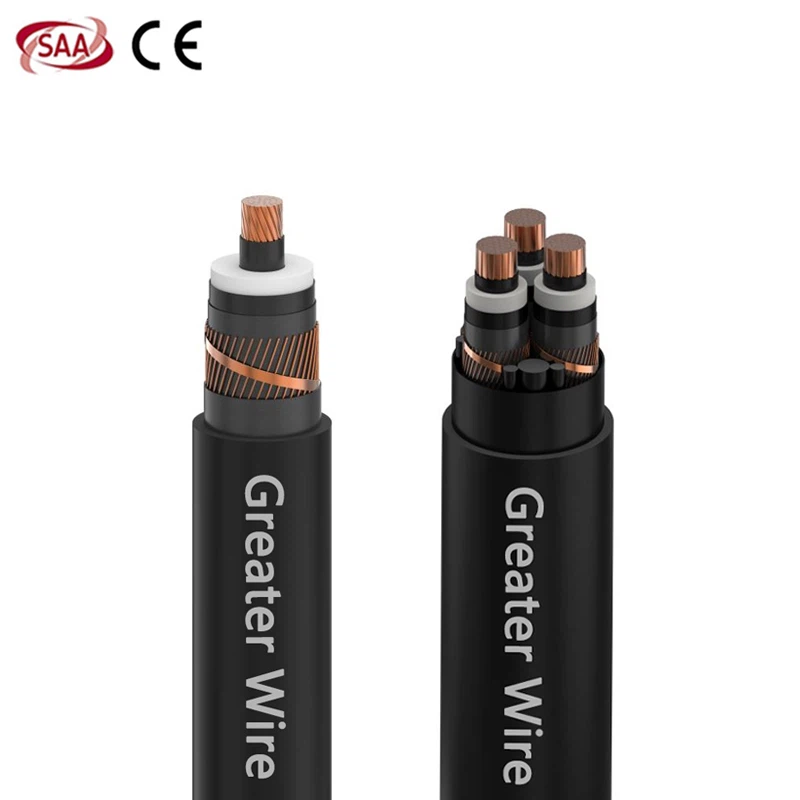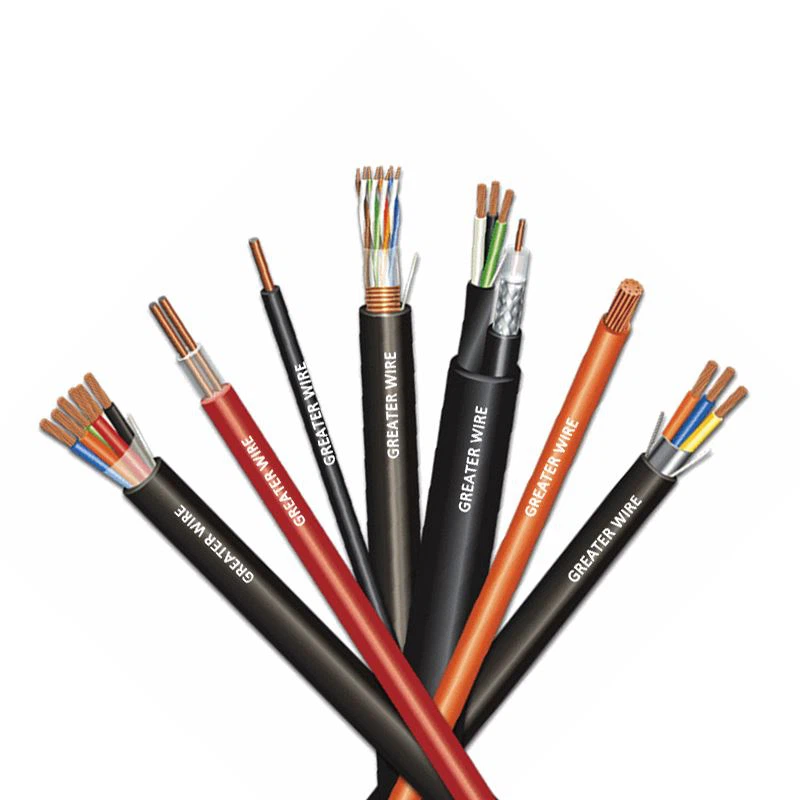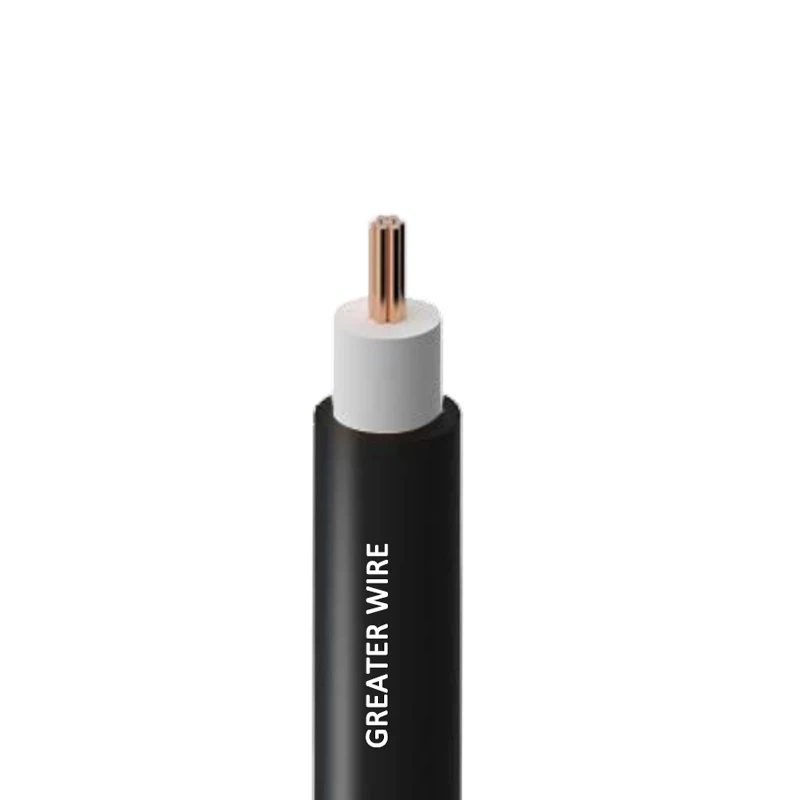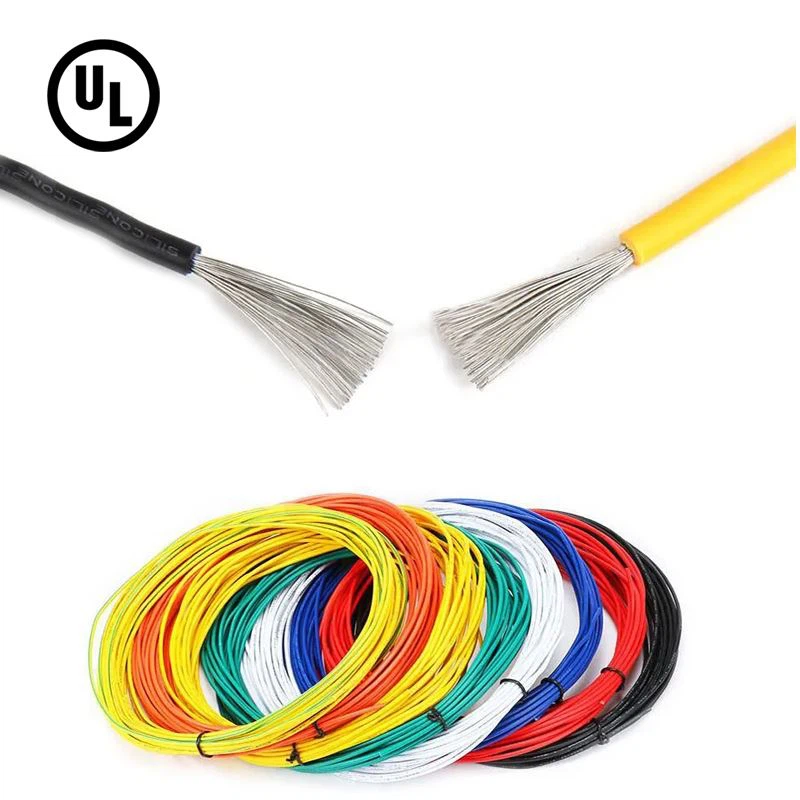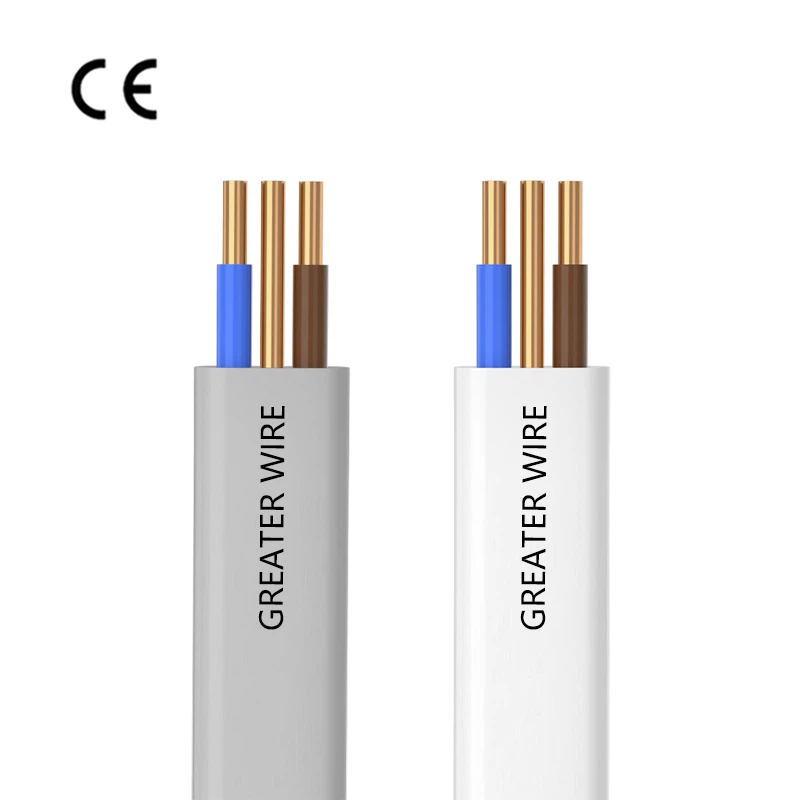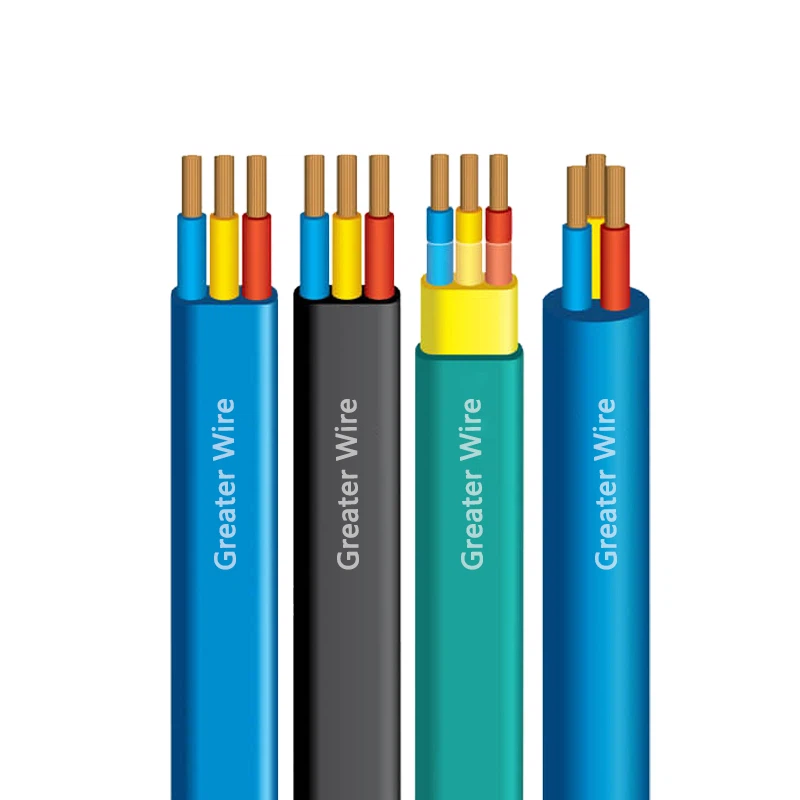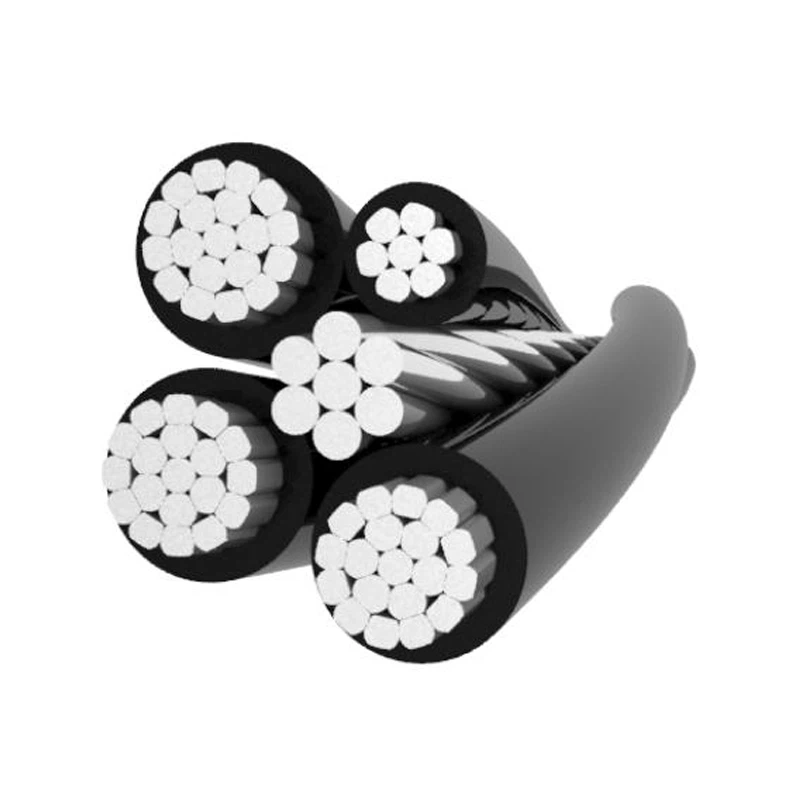
2. Characteristics of Metal Clad Cable (MC Cable)
A metal clad cable (MC cable) refers to a cable wrapped in a metal sheath, typically consisting of a conductor, insulation layer, metal armor, and outer sheath. This type of cable has the following characteristics:
High strength protection: The metal sheath provides physical protection to prevent the cable from being damaged by external forces.
Good corrosion resistance: suitable for humid environments and underground burial, reducing oxidation and corrosion risks.
No need for additional conduits: Compared to traditional THHN cables, MC cables can be directly laid, reducing construction costs.
Compliant with NEC specifications: Most MC cables comply with NEC 330 and can be used in direct burial, humid environments, or exposed locations.

3. Common specification analysis
According to different application requirements, MC cables have multiple specifications to choose from, such as:
(1)10 3 MC Cable
Composed of three 10 AWG conductors (L1, L2, N) and one grounding wire.
Suitable for high-power equipment and long-distance power transmission.
High rated current, commonly found in industrial sites or large commercial facilities.
(2)6 3 MC Cable
Composed of three 6 AWG conductors and one grounding wire.
Suitable for power supply with higher loads, such as large motors, charging stations, or high-power HVAC equipment.
Due to the large size of the conductor, it can effectively reduce voltage drop and improve power supply efficiency.
(3)12 3 MC Cable
Contains three 12 AWG conductors and one grounding wire.
Suitable for general commercial and residential power distribution, such as lighting, power sockets, etc.
Due to its moderate size, it is suitable for occasions that require flexible wiring.
(4)12 2 Armored Cable
Composed of two 12 AWG conductors (L, N) and one grounding wire, with metal armor protection.
Suitable for environments that require additional protection, such as machinery rooms, basements, or external installations.
The structure is sturdy and prevents cables from being damaged by external forces.
4. Application of Direct Burial MC Cable
Due to its excellent mechanical strength and environmental adaptability, the Direct Burial MC Cable is suitable for multiple scenarios:
Underground power supply: It can be directly buried underground without the need for additional protective pipes, reducing construction costs.
Outdoor lighting: used for outdoor lighting systems such as parks, courtyards, and parking lots.
Commercial buildings: Suitable for the main distribution lines of commercial facilities, meeting high load demands.
Industrial equipment power supply: providing stable power supply for factory equipment and production lines.

5. Precautions for selecting Direct Burial MC Cable
When choosing direct buried MC cables, the following aspects should be noted:
Conductor specifications: Choose the appropriate AWG size according to power demand to avoid excessive voltage drop.
Sheath material: Ensure that the outer sheath has strong weather resistance and can be used for a long time in humid and corrosive environments.
Compliant with NEC specifications: Confirm that the cable meets the relevant requirements of NEC 330, NEC 300.5 (underground laying), etc.
Installation environment: Although MC cables can be buried directly, extreme mechanical impact or acidic soil effects must still be avoided.
Direct Burial MC Cable is an ideal choice for underground power supply and harsh environments due to its sturdy structure, excellent durability, and convenient installation method. Different specifications of MC cables, such as 10 3 MC Cable, 6 3 MC Cable, 12 3 MC Cable, and 12 2 Armored Cable, are suitable for different application scenarios, and users can choose according to their actual needs. With the development of power transmission technology, the application scope of MC cables will further expand, providing more solutions for safe and efficient power wiring.




